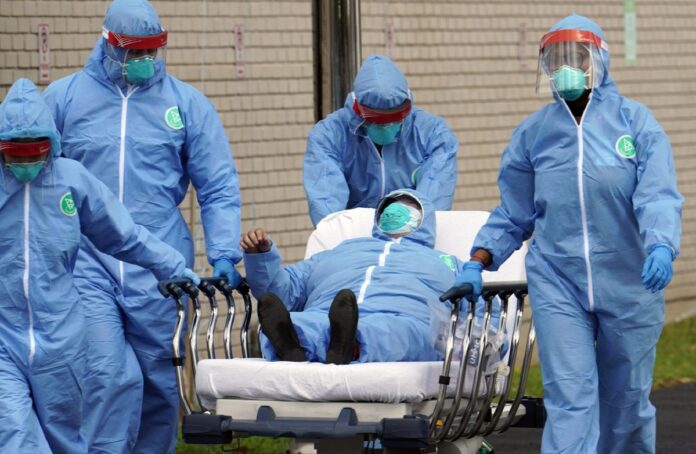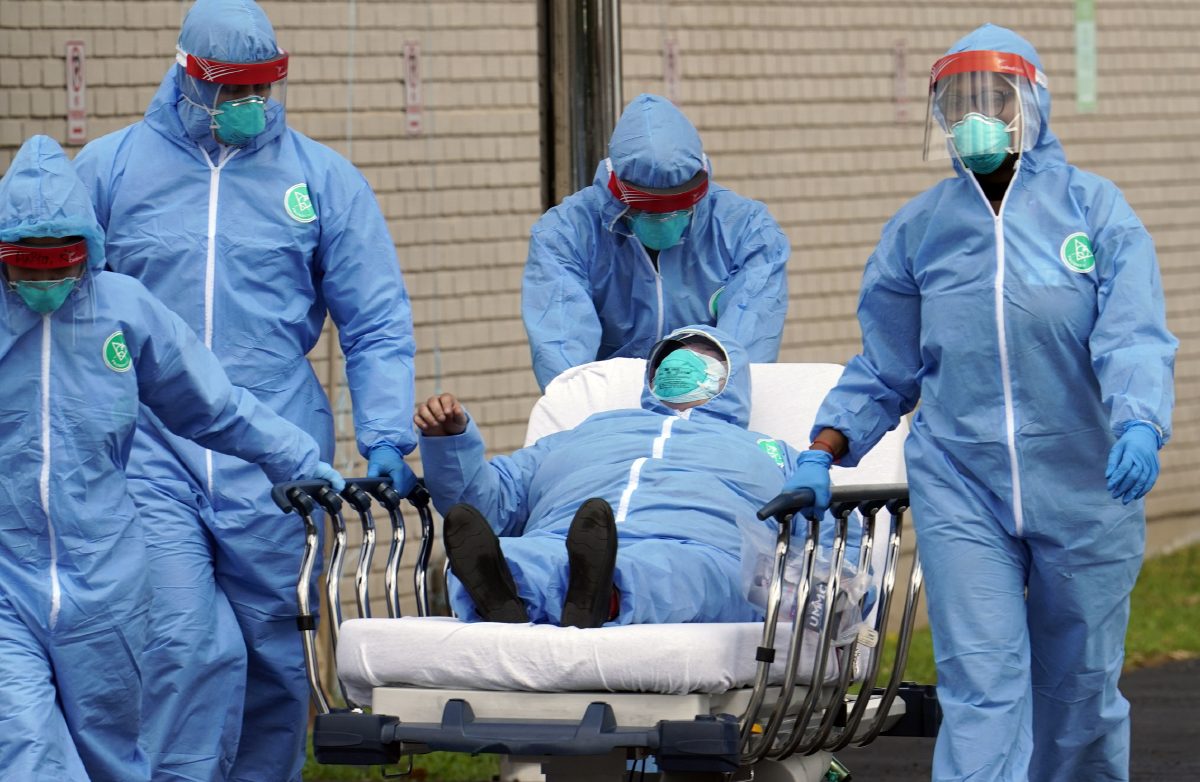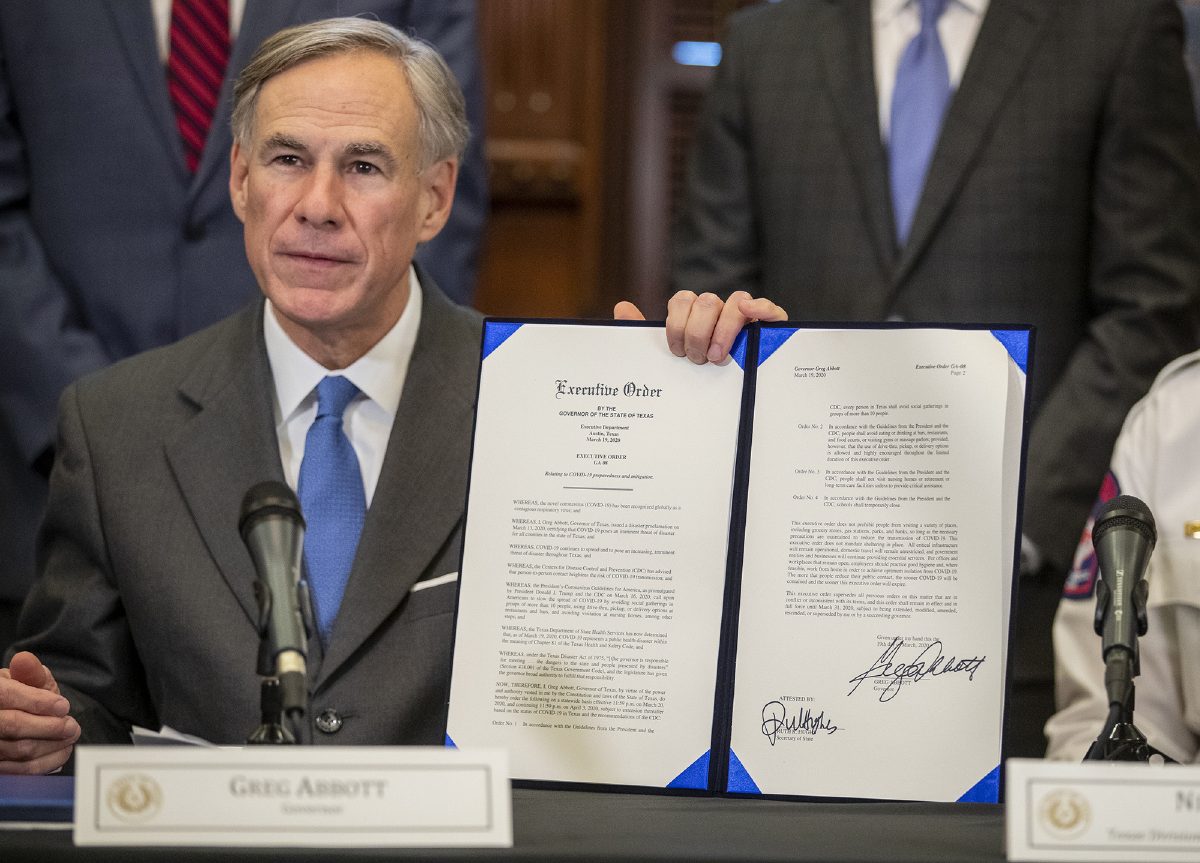By Dina Arevalo, Staff writer
With the state’s top doctor declaring a public health disaster Thursday due to the growing spread of the novel coronavirus known as COVID-19, Gov. Greg Abbott issued an executive order that mandates sweeping changes for people and businesses across the state.
Beginning at 11:59 p.m. Friday, and extending until 11:59 p.m. April 3, all Texans will be prohibited from participating in social gatherings of more than 10 people. Bars, restaurants and food courts will also be required to limit their services to drive-thru, pick-up or delivery options only. Dine in options will no longer be allowed.
Nursing homes, retirement centers and long-term care facilities will also be off limits to all visitors, unless they are “to provide critical assistance,” the governor said during a news conference held at the state capitol Thursday.
Finally, the executive order mandates that schools throughout the state remain closed, but must still provide online educational options.
The executive order marks the most stringent social distancing efforts to be enacted statewide as the entire nation struggles to “flatten the curve” of the virus.
As a “novel,” or newly encountered virus, the world’s population has no natural immunity to the pathogen. Add to that its high rate of transmissibility, and health officials fear the number of infected people could soon rise higher than our capacity to care patients — especially those who will need the most critical care, such as mechanical ventilation for breathing.
Already, healthcare workers in some of the states hardest hit by the virus, such as Washington, are reporting shortages of personal protective equipment like masks and face shields, and dwindling numbers of intensive care beds.
For weeks, health officials have urged the public to practice social distancing — not to stop the virus entirely, but so that the rate of infected people needing critical healthcare slows down to within a more manageable rate.
“Working together, we must defeat COVID-19 with the only tool that we have available to us. We must strangle its expansion by reducing the ways we are currently transmitting it,” Abbott said.
But, the governor was also careful to emphasize the executive order was not an order to “shelter in place.”
“It does not prohibit people from doing things like going to the grocery store, or gas station, or to parks or banks. All critical infrastructure will remain open and operational. Domestic travel will be unrestricted,” Abbott said.
He further urged employers to limit the number of employees who must report to work to those who are essential, “and should, where feasible, allow and encourage employees to work from home or other remote sites,” Abbott said.
Thursday’s declaration of a public health disaster by Dr. John Hellerstedt, head of the Texas Department of State Health Services, goes one step beyond Abbott’s March 13 declaration of a statewide emergency. It marks the first such health disaster declaration since 1901, and empowers the governor to take more stringent actions to safeguard public health should he see fit.
“One reason for the announcement of the public health disaster declaration by Dr. Hellerstedt — the state now has quarantine authority,” Abbott told reporters during a question and answer session after the announcement.
“We don’t want to exercise that authority right off because we want to depend upon the responsibility that all Texans will show. If Texans are irresponsible in their behavior, though, there are more tools where we can be more aggressive only if needed,” he said.
Hellerstedt called the virus “the greatest public health challenge in living memory,” adding that its wildfire-like spread across the globe has shown us “the true, original meaning of going viral.”
“We must change the course of COVID-19 before it impacts our state with maximum effect. … You must all endure the sacrifices we know are necessary and effective to protect ourselves, our loved ones and our communities,” Hellerstedt said.
To do any less would mean we will “rue the day” we chose to act indecisively, he said.
The governor said Texas has weathered many natural disasters before and, as such, has developed “a proven model” for responding to natural disasters where state and local leaders work together in partnership.
But, coronavirus is unlike any threat the state has faced before, Abbott said. “The traditional model that we’ve employed in the state of Texas for such a long time so effectively does not apply to an invisible disease that knows no geographical and no jurisdictional boundaries and threatens the lives of our fellow Americans across the entire country,” Abbott said.
Since he declared a statewide emergency last Friday, the number of COVID-19 positive people “has grown by more than 300%,” the governor said.
As of Thursday evening, figures available on the TDSHS website — which are updated at noon every day — showed 143 total COVID-19 cases statewide and three deaths attributed to the illness. But COVID-19 tracking by the Houston Chronicle shows far higher numbers — 306 confirmed cases and five deaths.
The number of people who test positive will continue to rise as testing availability increases across the state.






